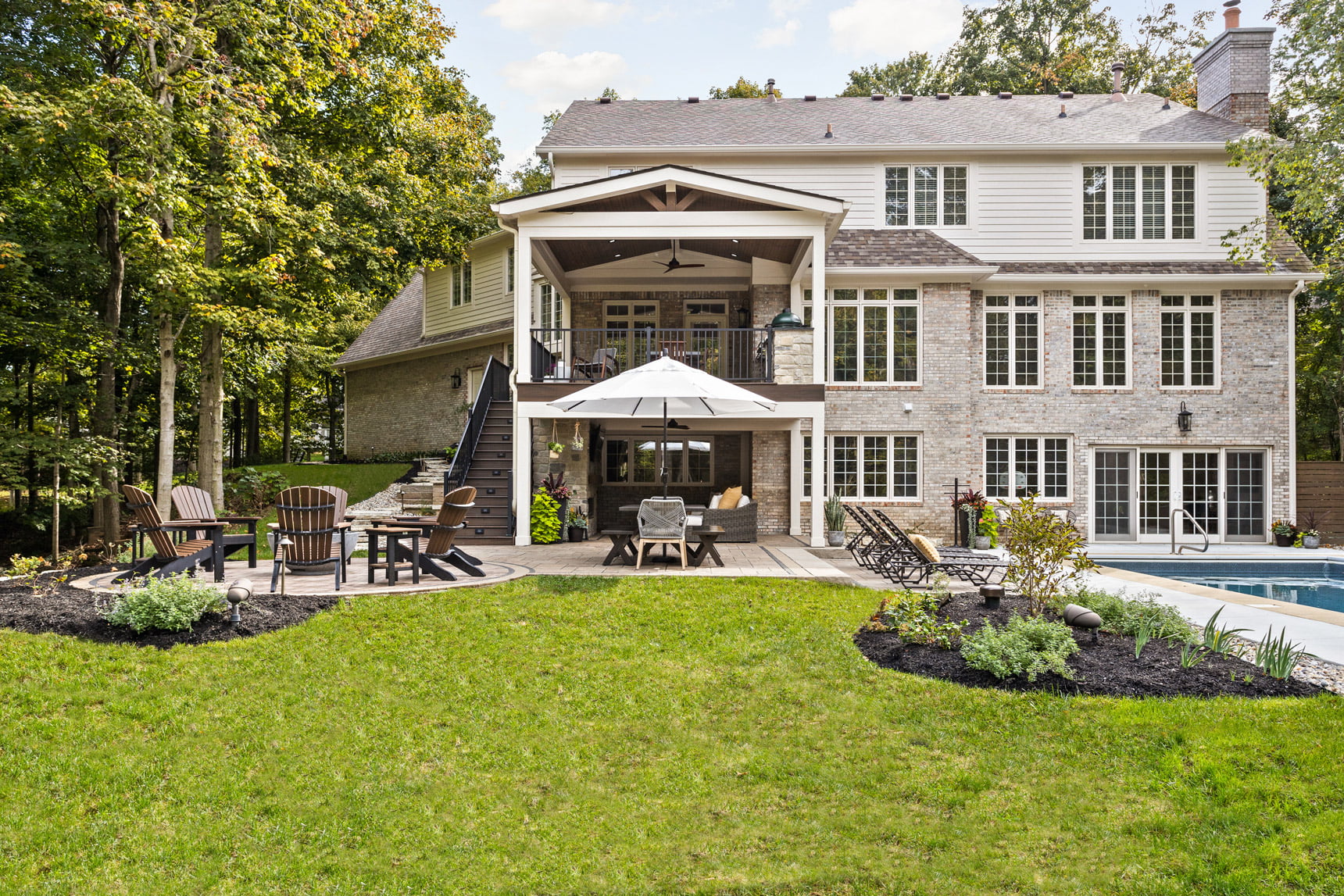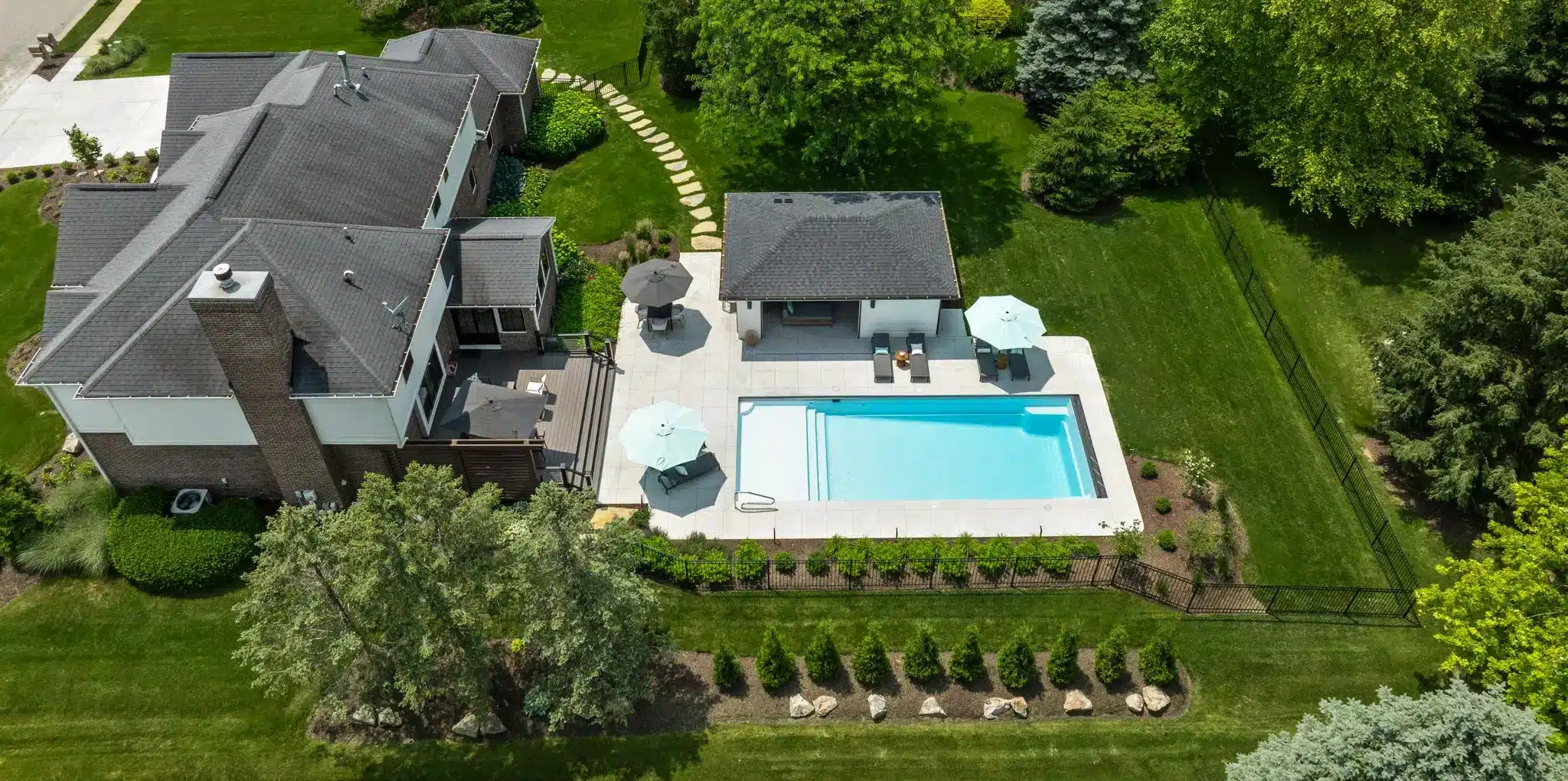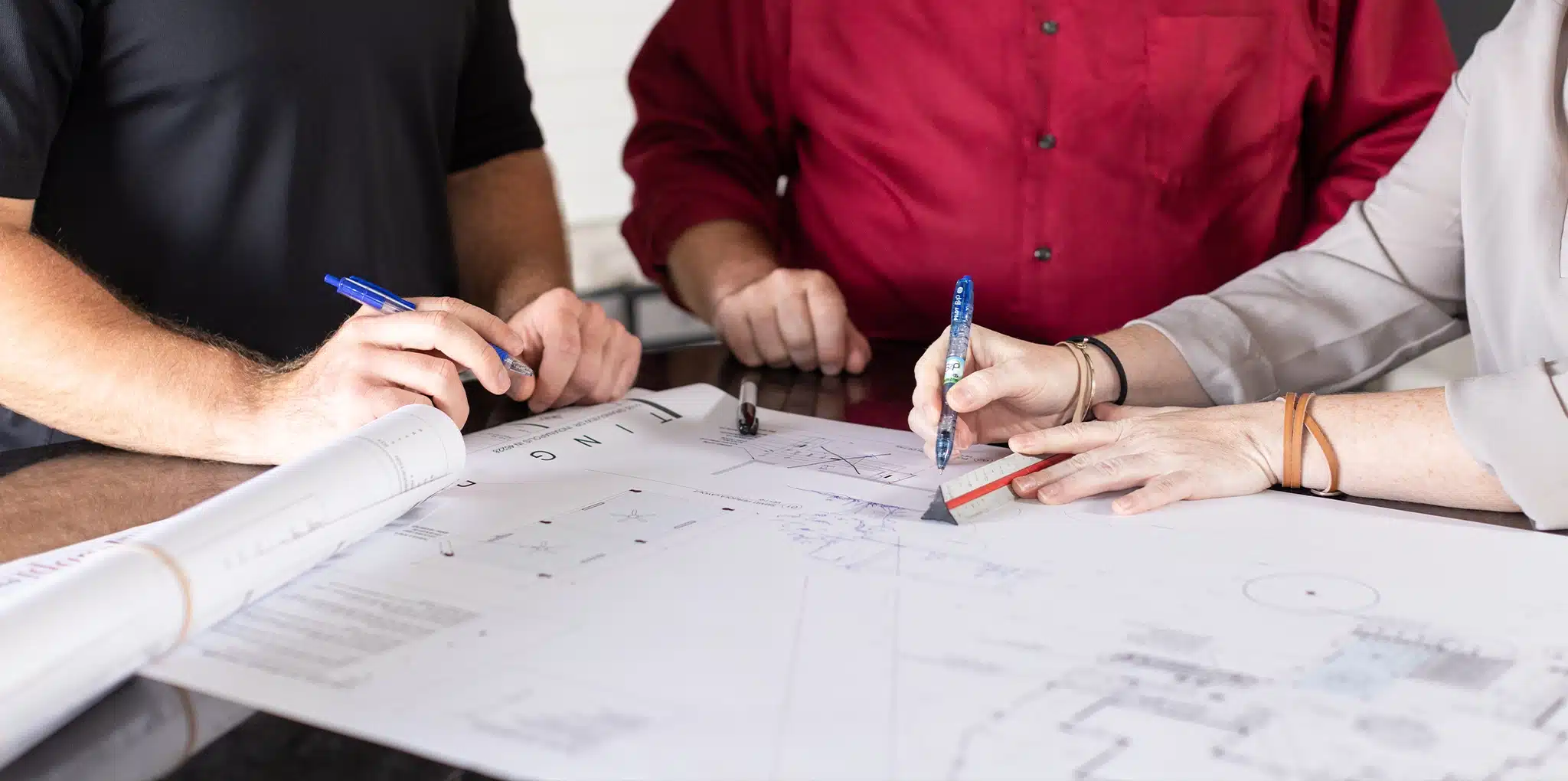Not every backyard project requires a full-scale renovation. While complete transformations have their place, many homeowners want to know how to make a backyard look nice without tearing everything out and starting from zero. The good news is that with the right upgrades—and the right approach—you can dramatically improve the look, feel, and function of your space.
At BPI Outdoor Living, we approach even the smallest updates with architectural intention. That means thinking about how the space flows, how materials work together, and how design choices can elevate the entire environment. Whether your backyard feels outdated, underwhelming, or simply unfinished, here are several expert-backed strategies that can deliver visible results—without starting over.

Assess Before You Add
Before making any changes, evaluate what’s already working—and what isn’t. Many backyards suffer not from a lack of features, but from poor layout, disconnected surfaces, or dated materials. Identify the pain points: Is there too much shade? Not enough lighting? Does the furniture feel like an afterthought? By isolating specific issues, you can invest your budget where it will make the greatest impact.
Upgrade the Lighting
Lighting is one of the most overlooked elements in outdoor design—and one of the most transformative. Proper lighting not only improves safety and usability, but it also adds depth, softness, and sophistication. If your backyard feels flat or uninviting at night, the solution may be as simple as a better lighting plan.
Integrated LED step lights, recessed downlights under structures, and low-voltage path lighting can dramatically change how the space is experienced after dark. Avoid solar lights with blue tones or fixtures that feel disconnected from your home’s architecture. Warm, well-placed lighting adds instant refinement, especially when paired with natural materials.
Refresh the Surfaces
If your concrete patio is cracked or the existing pavers feel dated, resurfacing may be the answer. Replacing outdated surfaces with natural stone, large-format pavers, or even composite decking can make an immediate visual difference. You don’t need to redo the entire hardscape—just updating one primary surface can shift the tone of the entire space.
For a softer approach, consider using gravel, turf joints, or a modular paver system to introduce contrast and improve drainage. Materials like limestone, porcelain tile, or tumbled travertine work well for clients looking to elevate their existing footprint without overbuilding.

Define the Space with Structure
One of the most effective ways to make a backyard look intentionally designed is to add vertical elements. A simple pergola, pavilion, or privacy screen introduces scale and anchors the space. These structures don’t just look nice—they create definition, provide shade, and allow for integrated features like lighting and ceiling fans.
At BPI, we often use wood, powder-coated steel, or stained beams to create structure that complements the home’s architecture. Even small-scale pergolas over a dining area or lounge zone can shift a backyard from “open and empty” to “designed and dimensional.”
Elevate with Furnishings and Layout
If your furniture is mismatched, undersized, or poorly placed, it will undermine even the best landscape elements. Thoughtfully scaled, weather-rated outdoor furnishings bring comfort and coherence to any backyard.
Group seating around a focal point—such as a fire feature, water element, or dining table—to create conversation zones. Incorporate an outdoor rug to define the area and add visual texture. Choose upholstery and finishes that coordinate with your home’s exterior color palette to unify the space.
When furnishings are chosen with purpose and placed with care, the backyard immediately begins to feel more intentional.
Integrate Planters and Greenery
Greenery helps soften hard lines and add a sense of life to any space. If in-ground planting isn’t feasible, consider large-scale planters made of stone, corten steel, or ceramic. Clustered plantings in key areas—near seating, by a pathway, or at entry points—help frame views and improve spatial flow.
Choose a mix of textures: tall grasses, evergreen shrubs, and cascading vines create depth and seasonal variation. For a minimalist approach, repeat one or two plant types in oversized containers to establish rhythm without clutter.

Address the Transitions
One of the most common reasons a backyard feels disjointed is poor transitions between zones. For example, if your deck abruptly drops onto patchy grass, or your patio ends at an uneven mulch bed, the space will feel unresolved.
Clean transitions don’t require major construction. Consider adding a border of gravel or stone between turf and patio. Use a step or low wall to transition between levels. Align walkways with key sightlines. These small moves improve circulation and give the space a sense of intention—without significant disruption.
Hide or Integrate Utilities
Nothing interrupts a well-designed backyard like a visible hose reel, A/C unit, or utility box. These necessary components can be integrated into the design through screens, low walls, or cabinetry built to match surrounding materials.
Adding simple wood slat panels or stone surrounds can conceal unsightly elements and restore visual harmony. In higher-end projects, these enclosures are custom-built to match pavilions or cabinetry, but even basic improvements will elevate the overall aesthetic.
Reframe What You Already Have
Sometimes the best way to make a backyard look nice is not by adding something new—but by enhancing what already exists. A simple concrete slab can be upgraded with an overlay, softened with planters, or defined with lighting. An old deck can be sanded, stained, and paired with updated railings.
With the right design lens, what feels outdated can become a strong foundational element. The key is refinement, not replacement.
Final Thoughts
Knowing how to make a backyard look nice doesn’t always require a massive overhaul. Small, strategic updates—especially when led by expert design—can make a space feel fresh, elevated, and more connected to how you want to live outdoors.
At BPI Outdoor Living, we specialize in design-forward solutions that improve flow, comfort, and visual cohesion—whether you’re building new or optimizing what’s already there. If you’re ready to reimagine your space with purpose, we’re here to help.
Frequently Asked Questions
What are the easiest ways to make a backyard look nicer without a full renovation?
Start with targeted upgrades that make a strong visual impact. Enhancing lighting, refining furniture layout, updating surface materials, and defining key zones with structure or plantings can all improve your space significantly without major construction. Focus on flow, finishes, and cohesion to create a polished result.
Does adding a pergola or small structure really make a difference?
Yes. A pergola, pavilion, or partial cover creates architectural definition and vertical interest—especially in open or flat yards. It helps organize the space into usable zones and provides a framework for features like lighting, fans, or greenery, which all elevate both function and aesthetics.
How important is lighting in backyard design?
Lighting is one of the most powerful tools in outdoor design. Layered lighting—using downlights, path lights, uplighting, and accent fixtures—can shift the atmosphere dramatically. It also extends the usability of your space into the evening hours, which adds lifestyle value beyond daylight aesthetics.
Can I mix new materials with old surfaces and still make the space look cohesive?
Yes, if done with intention. The key is in the transition. Use edging, color harmony, or intentional contrast to make the new feel integrated with the existing. For example, introducing large-format pavers alongside original stone can work if the tones are complementary and the alignment is deliberate.
What is the biggest mistake people make when trying to upgrade their backyard?
Treating improvements as one-off fixes without a cohesive design plan. Adding furniture, lighting, or planting without considering layout, scale, and flow can lead to a disjointed space. Even small upgrades benefit from an overarching design strategy to ensure they enhance rather than distract from the space.



